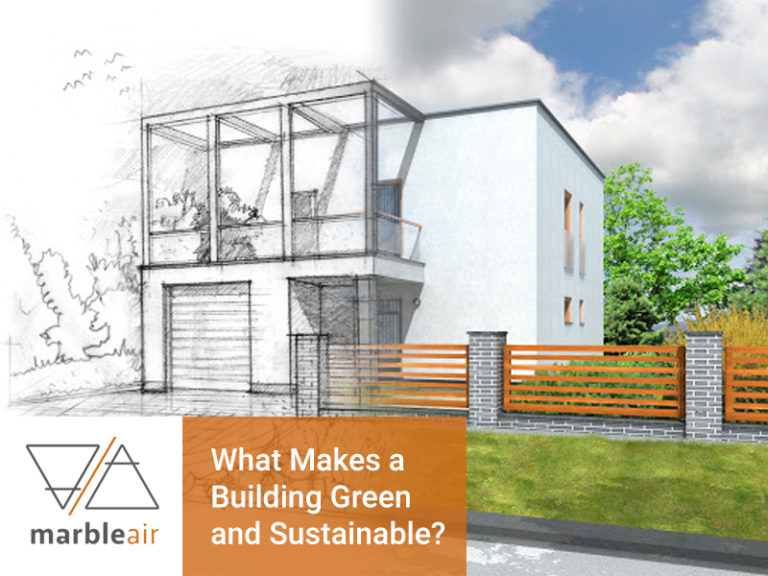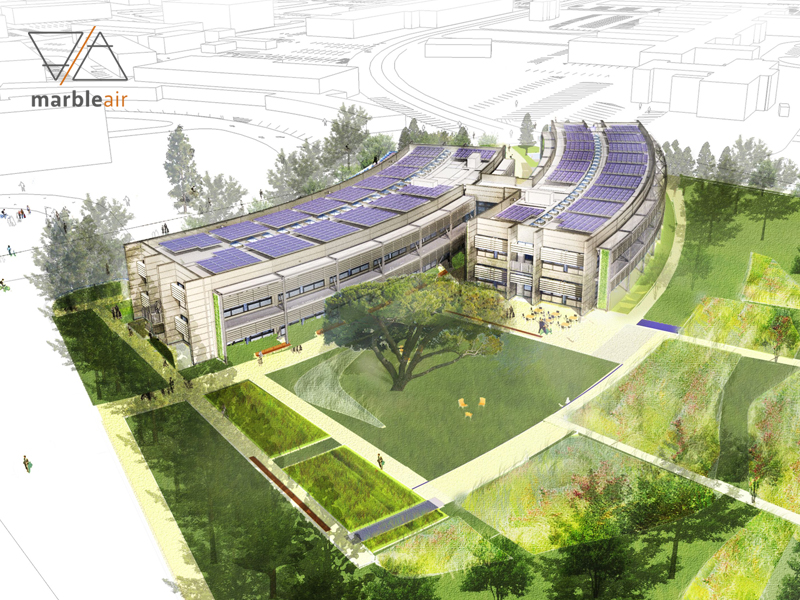
What Makes a Building Green and Sustainable? Building Intelligence from Oxford Architects.
Building green, sustainable homes and commercial buildings is moving rapidly away from merely appearing on a wish-list to becoming an essential requirement in this 21st century.
Why go green?
In answering this question, InfoPlease says, “Pollution’s devastating effects on the environment have become more obvious in recent years, sparking a movement to promote energy efficiency, less reliance on fossil fuels, and a reduction in air and water pollution. Most scientists agree that such changes are necessary to protect our environment from further harm.
“The construction industry consumes a large quantity of energy and resources and creates a huge amount of pollution. In the United States, building and development account for 39% of the country’s total energy use, 12% of total water consumption, 68% of total electricity consumption, and 38% of carbon dioxide emissions, according to the Environment Protection Agency.”
We firmly believe that our survival as a species hangs on each one of us doing our part, in our own industry, to stem the tide of waste and pollution.
To that end, we’d like to closely consider the elements of a ‘green building’ and unpack what exactly makes a building green and sustainable.
What Makes a Building Green?
We understand ‘green’ to be environmentally friendly, right?
But what exactly does that look like?
An excellent definition of a green building is found from Freshome who say, “… the design, construction and materials used for construction employ and incorporate an array of strategies that, together, make the building more energy-efficient, healthier and don’t deplete natural resources.”
A more comprehensive note can be found from The Constructor which highlights these four main points:
- Green buildings may incorporate sustainable materials in their construction (e.g., reused, recycled content, or made from renewable resources).
- Create healthy indoor environments with minimal pollutants (e.g., reduced product emissions).
- And feature landscaping that reduces water usage (e.g., by using native plants that survive without extra watering).
- A green building is a structure that is environmentally responsible and resource-efficient throughout its life-cycle. These objectives expand and complement the classical building design concerns of economy, utility. Durability and comfort. (Source)
Let’s break this down even further.

Sustainable Buildings Require the Right Materials
Eco-friendly construction can include the following materials
- Cork
- Bamboo
- Reclaimed wood
- Hempcrete
- Ashcrete
- Recycled plastic
Green building materials will be made from renewable resources which are non-toxic, energy-efficient and affordable.
These can be sourced from recycled, salvaged or refurbished content, preferably available locally to reduce the transport footprint, and would ideally be durable – lasting longer than their conventional building equivalent.
Energy Efficiency in Green Buildings
Making use of eco-friendly building products is an excellent start, but logically, these need to be employed in a way that reduces maintenance and energy costs.
This is where the design of the building comes into play, and where the services of an invested eco-friendly architect will serve you well.
A green building will make efficient use of energy, water and other resources. The flip side of this coin will include reducing waste and pollution.
In fact, this mindset of reducing waste and minimising the environmental footprint of a building will be considered at every point in the construction and operation of the building.
Passive design tactics such as positioning and orientation for the best use of solar and natural lighting and thermal efficiency all fall under ‘green’ design. Careful l planning will also result in the reduction of the amount of building materials. For example, using 4-foot multiples if your design includes the use of standard-sized wooden sheets would be beneficial.
A good architect will factor in size, location, prevailing weather conditions, space requirements, access, topography and a host of other features of your planned building to maximise the sustainability of your project.
A Healthier Way to Live
A green building will have a positive impact on its occupants, serving to protect their health and – in the case of commercial buildings – enhance productivity.
As you can imagine though, it can be difficult to quantify the critical benefit of health because this relates to the occupants and their comfort and wellbeing, alongside the reduction of pollution and landfill waste.
An interesting point relating to the subject of health in green, sustainable buildings, is the location and landscaping factor. A responsible architect will carefully consider the potential building site and endeavour to cause as little damage as possible, whilst at the same time retaining as much existing flora as possible. They may suggest green roof or façade solutions to return lost-to-construction bio-diverse surfaces.
Whilst less tangible than the financial impact of lower energy usage, for example, this foundational aspect of green building is still important. After all, these structures are built to serve us as a species, which means keeping us safe, healthy and happy.
In Conclusion
In many instances, building green may mean a higher investment cost. However, responsible long-term thinking offers the benefits of lower operating costs, greater comfort and sensible use of our resources.
These advantages can only be realised fully when the building is approached from a holistic angle as a single system and not a collection of isolated elements. Logically, this starts at the design stage.
We’d like to encourage you to make full use of our expertise and passion in the area of building green, sustainable structures, and contact the team at MarbleAir.
